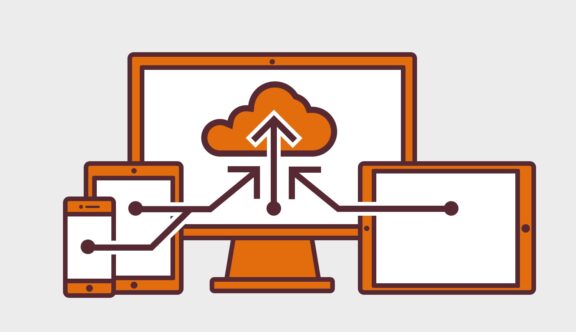What role do design and content have in keeping and converting people on your website? According to a research study conducted by Google, customers form a judgement about a website after only 50ms, while some form an impression in as soon as 17ms. After this small amount of time, users either bounce or engage.
Bearing this in mind, what website components should you focus on when building your website and why are these important? Also, how can these be applied alongside AIDA (attention, interest, design, action) Marketing Principles to increase conversions and move customers throughout your buyer funnel?
Design Demands Attention
A research study mentioned on ConversionXL concluded that the website elements that people focus on the most when entering a website are design related. According to this study, a site’s logo, navigation menus, search box, primary site image and social media icons are the key website components impacting impressions and attention for both the short and long-term.
Considering this, your first priority regarding your website should be making sure that you are utilising imagery, colours, spacing and typography effectively. You want your web visitors to be enticed to remain on your site and engage with the product or services on offer instead of being compelled to quickly bounce.
Key Messages Generate Interest
Once attention has been grasped, how do you encourage click-through rates and motivate engagement on your website? Mentioned in the same above study, people spend roughly 5.59 seconds looking at a website’s content before deciding whether or not to leave. So, you only have a short amount of time to generate interest on the home page. As such, your second concern when developing your website should be the key messages that appear on your site – particularly in your name, branding slogan and consistent user navigation components.
Key messages are concise and strategic statements, based off of keyword, audience, industry and competitor research, which portray your brand in a relevant, compelling, simple, memorable, relatable and tailored way.
Strategically placed, they compliment your website design, improve your SEO and set you apart from other businesses.
Done well, they work cumulatively to answer three important questions:
- Who are you?
- What do you do?
- And why do I want to purchase your services?
You want visitors who come to your site to immediately understand and engage. Carefully crafted key messages ensure that this happens.
Content Correlates With Desire
Desire occurs when people read your service pages, blog content, case studies and testimonials. As these pages combine the design and key message components of attention and interest, but in more detail, they help to convince customers that they want your services. So, it is imperative that these pages:
- Specify and clarify your services – to represent that you can satisfy needs
- Provide proof of results – to establish trust and show creativity
- Demonstrate thought leadership – to improve brand image
Customers who are in the comparison stage of the buyer funnel want to know why they should choose you over other businesses. If you are lacking in any of the above, you have less of a chance to positively impact their thoughts and perceptions.
Calls to Action
Your site should offer a call to action. This can be done either through a call, book or purchase button on the bottom section of your website, or through a contact page to fulfil the final step of the AIDA process. There should always be an easily visible mechanic to help the positive action of the site equate to a measurable success.
We have a blog on how you can optimise web forms, where you can learn about this in more detail. The average web user is an impatient individual, so this process should happen swiftly to ensure that each visitor to the site is given ample opportunity to convert into a buyer.
Next Steps
If you need assistance on any components of your website from the build, to design or content production, please get in touch!
